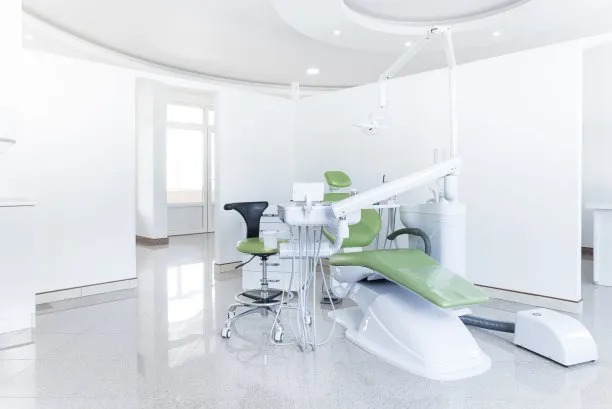The Essential Guide to Extracting a Tooth Safely and Comfortably at Your Dentists Office
Summary: Extracting a tooth can be a daunting experience for many individuals, but with the right preparation and care, it can be performed safely and comfortably at your dentists office. This article provides an essential guide that breaks down the tooth extraction process into manageable steps. We will explore the importance of proper diagnosis and consultation, methods of anesthesia, the extraction process itself, and post-operative care to ensure a smooth recovery. Understanding each of these aspects will equip patients with the knowledge needed to face dental extractions with confidence, knowing they are in professional hands.
1. Importance of Proper Diagnosis and Consultation

The first step in safely extracting a tooth is a thorough diagnosis by the dentist. This involves taking X-rays and understanding the patients dental history to evaluate the specific tooth needing extraction. By diagnosing the condition accurately, the dentist can determine whether a simple extraction or surgical extraction is required.
Consultation is not merely about diagnosis; it’s an opportunity for patients to express concerns and ask questions. A good dentist encourages open communication and will explain the reasons for extraction, what to expect during the procedure, and any alternatives that could preserve the tooth.
Additionally, evaluating medical history is crucial. Conditions such as heart problems or diabetes can influence how the procedure is conducted, which medications can be used, and what precautions must be taken. This comprehensive approach ensures the highest standard of care tailored for each individual’s needs.
2. Methods of Anesthesia for Comfort
Tooth extraction typically requires anesthesia to ensure the patient remains comfortable and pain-free throughout the procedure. There are various methods of anesthesia, including local anesthesia, sedation, and general anesthesia. Local anesthesia is most common and allows the patient to remain awake while numbing the specific area of the mouth.
For those who experience significant anxiety about dental procedures, sedation dentistry may be an option. This involves administering medication that helps relax the patient, either orally or through IV, while still enabling the dentist to perform the extraction safely. This method allows for a more comfortable experience, especially for those undergoing more complex extractions.
In rare cases, general anesthesia may be used for extensive surgical extractions. This involves the patient being completely unconscious during the procedure. The decision for general anesthesia will be based on the complexity and length of the extraction, along with patient comfort and preferences.
3. The Tooth Extraction Process Explained
The actual extraction process begins once the area is adequately anesthetized. The dentist will use specialized tools to loosen the tooth by manipulating it back and forth. This step is crucial as it minimizes damage to the surrounding bone and gums.
Once the tooth is sufficiently loosened, the dentist will carefully remove it from its socket. In some cases, surgical tools may be necessary, especially if the tooth is fractured or impacted. Throughout this process, the dentist’s focus is on ensuring that the extraction is performed with minimal discomfort and maximum efficiency.
After the tooth is extracted, the dentist will provide immediate care by cleaning the extraction site and, if necessary, stitching the gums to promote healing. They will also discuss what the patient can expect in terms of pain and how to manage it effectively.
4. Essential Post-Operative Care Guidelines
Post-operative care is an integral part of the extraction process. Once the initial effects of anesthesia have worn off, patients may experience pain or swelling. Dentists typically recommend over-the-counter pain medications to alleviate discomfort.
Its essential for patients to follow specific guidelines to ensure proper healing. For instance, patients should avoid using straws, smoking, or performing strenuous activities for a couple of days post-extraction, as these actions can dislodge the blood clot that forms in the extraction site.
Additionally, maintaining oral hygiene is crucial. Patients can gently rinse their mouths with salt water starting the day after the procedure to keep the area clean. Attending the follow-up appointment is also important to ensure that healing is progressing as expected and to address any complications that may arise.
Summary:
In summary, understanding the process of tooth extraction—starting from the initial diagnosis to post-operative care—is vital for ensuring a safe and comfortable experience. By engaging in proper communication and following the dentists recommendations, patients can manage their dental health proactively. This guide aims to alleviate anxiety surrounding tooth extractions by providing clear and comprehensive information about each step involved.
This article is compiled by Vickong Dental and the content is for reference only.


